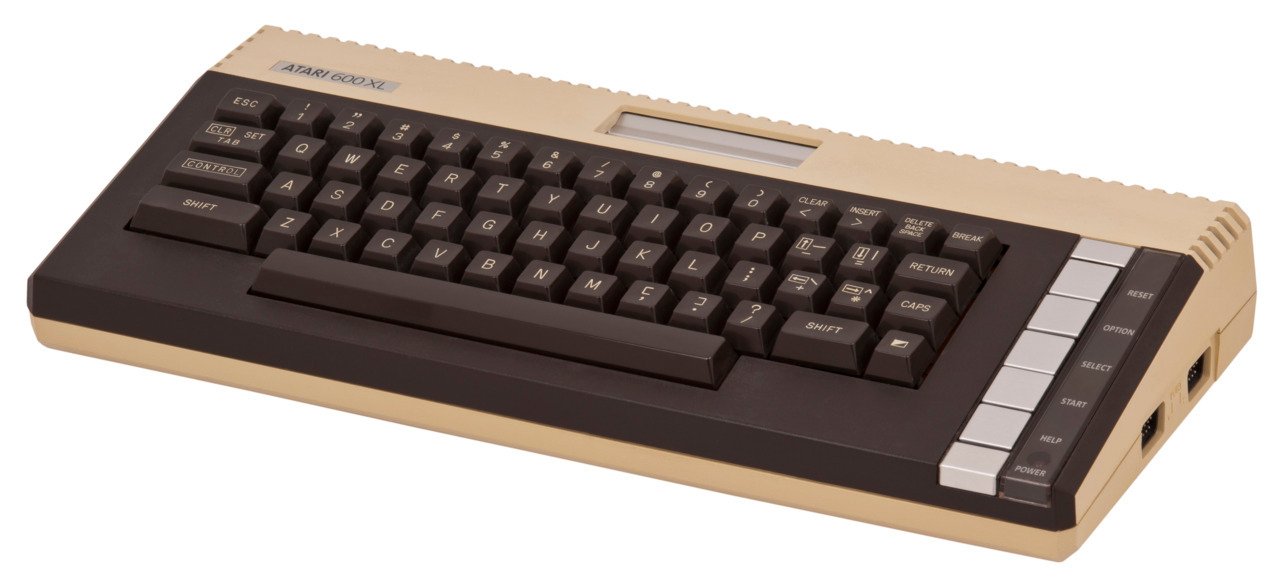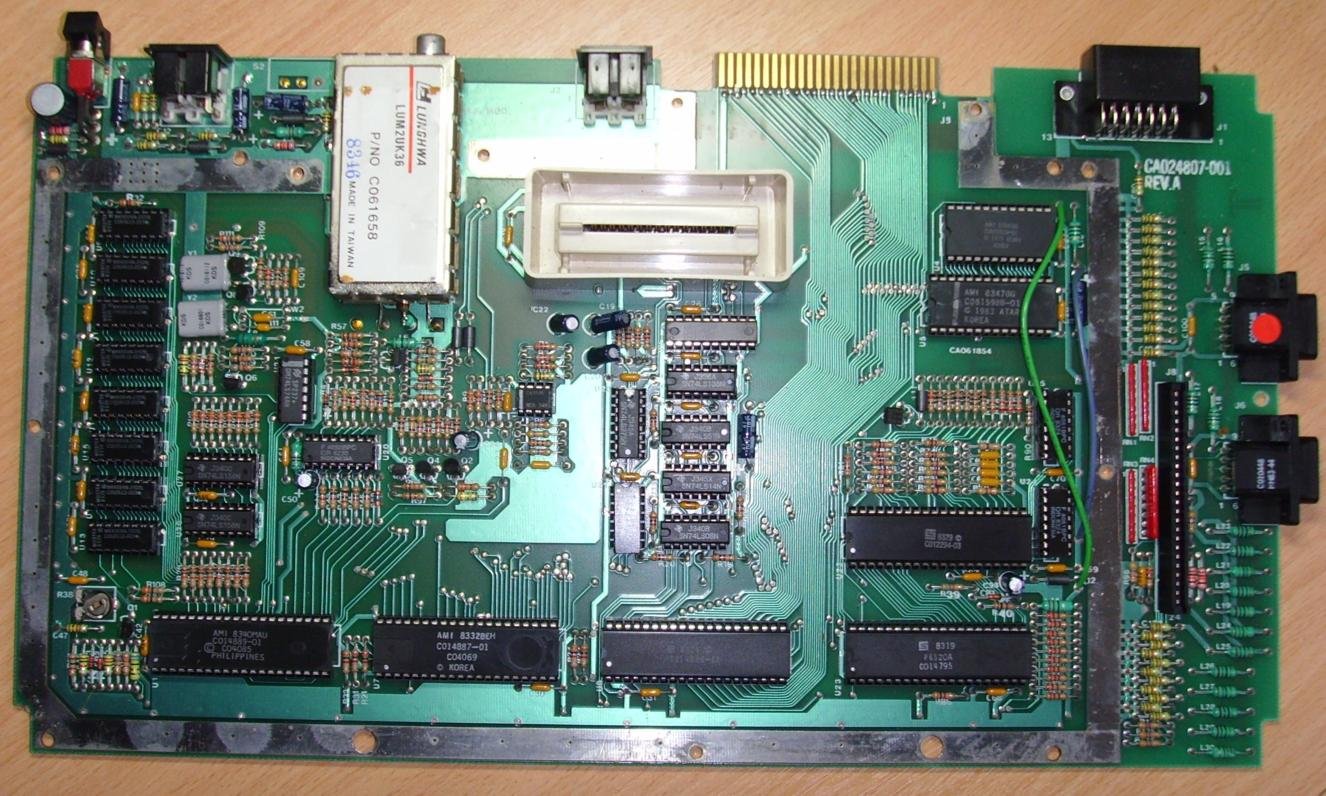Source: Antic – December 1985
Antic was one of two popular magazines in the U.S. dedicated to the Atari 8-bit line of computers (the other being ANALOG). Antic also had some coverage of the Atari ST at various times. The December 1985 issue includes the following:
Features
- Video Star Atari – This article covers software and hardware to digitize images from video cameras or other anaglog sources. The emphasis is on Computereyes though other products are mentioned.
- Behind the Scenes at Lucasfilm – Antic goes behind the scenes at Lucasfilm Games to, among other things, get previews of The Eidolon and Koronis Rift.
- DiskIO Plus – A type-in utility program that provides keyboard shortcuts for almost all DOS functions and works with most software.
- 4th Annual Shoppers Guide – A holiday shopping guide for those interested in Atari hardare and software. Products include the Atari 130XE, Atari 800XL, Atari 520ST, Atari 1050 disk drive, Indus GT disk drive, various printers, the Commodore 1702 monitor, Atari 850 interface module (mostly for printers), Atari 1030 modem, Ballblazer, Rescue on Fractalus, M.U.L.E., Spy vs. Spy, Great Cross Country Road Race, F-15 Strike Eagle, Wiztype, Halley Patrol, Homepak, BBS Construction Set, BASIC XE, Mac/65 Assembler Editor, Paper Clip, and much more.
- Proburner Review – Antic calls this EPROM burner from Thompson Electronics the best one on the market.
- Antic Catalog Goes to U.K. – Antic makes the magazine and their catalog of softare available to U.K. users.
ST Section
- 1st Annual ST Shoppers Guide – Another holiday shopping guide, this one specific to the Atari ST. Items listed include the Atari CD-ROM drive, SF354 Single-side disk drive, SF314 Double-sided disk drive, the SM124 Monochrome Monitor, the SC1224 RGB Color Monitor, 4xForth Programming Language, Easy-Draw, VIP Professional, Chat (terminal program), A Mind Forever Voyaging, and much more.
- 4XForth Review – A review of this FORTH programming language implementation for the Atari ST.
- Introducing 520ST Assembly Language – Primarily this means 68000 assembly language. I never programmed much in assembly but I did do a little 68000 assembly in college.
- ST Logo Exploration – Logo was the only programming language initially included with the Atari ST. This type-in program and tutorial hepls you to map memory.
Departments
- BBS Crashbuster – This type-in program helps to prevent BBS crashes by stripping out non-standard ATASCII characters from input strings. In other words, it prevents users from crashing your BBS with bad input.
- Build Your Own EPROM Burner – Parts list and instructions for buildin an EPROM burner for $30.
- Box-In – In this type-in strategy/arcade game, you must move boxes around to trap the monster before he gets you.
- I/O Board – Letters from readers about Atari 800 problems, BBS lists, Trip Hawkins and Atari, Blue Max and the 130XE, Print Shop, and more.
- Help – Help with downloading large files with ProTerm, Supra contact info, and a correction for ST Sound, a previous type-in program for the Atari ST.
- Antic Online – Not on the web but on Compuserve.

…and more!





